|
Jamaican Red Pea Soup is a traditional Jamaican dish that has a long history, dating back to the days of slavery. The dish was created by enslaved African people who were brought to Jamaica to work on plantations. They had to use ingredients that were readily available and often had to make do with very little. Red peas, also known as kidney beans, were one of the few ingredients that were readily available to the enslaved people. They were cheap, nutritious, and could be stored for long periods of time. The enslaved people would often make a thick, hearty soup with the red peas, which would be eaten as a main meal. The dish was also influenced by the West African cuisine, where beans and other legumes are a staple food. The enslaved people would often add ingredients such as smoked pork, yams, and spices to the soup, to give it more flavor and make it more satisfying.
After the abolition of slavery, many Jamaicans continued to make and eat red pea soup, and it became a staple food in many households. Today, it is still a popular dish in Jamaica and is often served as a main meal, particularly in rural areas. It is usually served with rice and can be garnished with scallions, thyme and hot pepper. It's worth noting that Red pea soup can have variations depending on the family recipe, personal preference, and availability of ingredients.
0 Comments
Unlock the full potential of your bone broth by adding a simple ingredient - apple cider vinegar. Adding apple cider vinegar to bone broth can help to extract more nutrients from the bones. The acidity in the vinegar helps to break down the bones and release minerals such as calcium, magnesium, and potassium. Additionally, the vinegar can help to extract collagen from the bones, which can be beneficial for gut health, skin, hair, and nails. When making bone broth, it is recommended to add a couple of tablespoons of apple cider vinegar to the pot before simmering. This will help to extract more nutrients from the bones and enhance the flavour of the broth.
Please note that drinking too much apple cider vinegar can cause your teeth enamel to erode and can cause damage to your throat, esophagus, and stomach. It's best to dilute it with water or other liquids before consuming. Lentils are a staple ingredient in many cuisines and a great source of plant-based protein and fibre. However, not all lentils are created equal. From their colour to their texture to their cooking time, red and green lentils have distinct differences that set them apart. Red Lentils: The Soft and Mild-Flavoured Option
Green Lentils: The Firm and Earthy-Flavoured Option
The Basics Most of us have heard of umami, but many are still unsure what it is. The name invokes a certain level of intrigue and mystery, and that's because umami itself is difficult to describe. Often called the "fifth taste" (the other four being sweet, salty, spicy, and bitter), umami was first discovered back in the 1980s. In Japanese, the word translates to "pleasant savory taste," which is a pretty apt description of what you get when you encounter the umami flavour. Basically, umami is what you are tasting when something is truly savory. Where to find it While umami may seem mysterious, it's actually a lot more common than you may think and can be found in many foods you eat daily. From meat to seafood, certain mushrooms, and even tomatoes, umami is everywhere. And incorporating umami into your dishes is a great way to get extra flavour without cranking up the sodium levels. If seeing tomatoes listed surprises you, ask yourself why it is that so many people love ketchup. That, my friends, is because of umami. Curious where else you can find it? Fermented foods like fish sauce and miso are especially high in the flavour, as are many kinds of fancy cheese. It's also a key profile of breast milk, which means that though it's the fifth taste, it is one of the first we encounter. More than just a taste
What makes umami so different (and interesting!) from the other basic tastes (another way to think of them is like primary colors) is that it doesn't just have flavour, it also creates a “mouthfeel”. According to this Vox interview with Gary Beauchamp from the Monell Centre, where they study taste and smell, umami creates a feeling of coating the mouth that gives one the impression of something thicker and more full-bodied. It's not just about the taste component; it's the feeling component that makes us crave that umami taste. Now that we've briefed you on some fun umami facts, why not come by the shop and pick up one of our fabulous and savory soups? Our miso chicken soup, Thai coconut curry, and homemade broths are excellent examples of umami-filled dishes. Let your taste buds lead the way! Have you ever wondered how we choose our wines? We taste them! (It’s a hard job, but someone has to do it). We’ve sipped, swirled, and sampled our way to a perfect wine list for the fall/winter season, and we are very excited to share them with all of you.
Below is our selection of tried and tested wines, available now in the shop: 2020 LA FIERA PINOT GRIGIO ($20) This wine has a straw colour and a fruity bouquet. The palate is dry, soft, and well balanced. It is a fresh and crisp wine, both floral and fruity; it expresses ripe peach and apple flavours with a subtle mineral finish. 2019 LA FIERA MONTEPULCIANO D'ABRUZZO ($20) La Fiera Montepulciano d’Abruzzo is a deep, ruby-red color with violet highlights and a pleasant and fruity bouquet on the palate. The finish is full-bodied with soft tannins and good acidity. 2021 BOTTER APPASSIMENTO ($26) Southern Italian red from Puglia, with a rich and intense profile. Well-balanced with oaky notes of chocolate and vanilla. Pairs perfectly with red meats. NV BOTTER PROSECCO ($24) Pale light yellow colour with typical crisp and delicate perlage. Complex bouquet with fruity notes of peach, green apple with scents of acacia and lilac. Fresh and light on the palate, with balanced acidity and body. Harmonic with a long persistent aftertaste. 2018 SILVIA CELLARS CABERNET SAUVIGNON ($33) The nose has a touch of plum and a touch of dark mocha. On the palate, layers of soft tannins with light oak presence. This wine is fruity and elegant with a vibrant long mouth-feel. The finish is long with good structure. This wine will pair with everything from pasta, vegan dishes or classic meats. 2019 AGOSTINO FINCA MALBEC ($26) Agostino Finca Malbec has a deep violet color, delightful and bright. On the nose, there is a red fruit explosion with a hint of vanilla and coffee. On the palate, it is an intense wine, deep flavored, with good structure and long finish. 2019 BORGO SCOPETO - SIENA Chianti Classico ( $26) Ruby in color. The bouquet is ample and intense, but also sweetly fruity, with wild berry fruit supported by pleasant noble wood, vanilla, and cocoa, and a surprising cherry finish. Dry and well structured, austere and elegant, harmonious, and with excellent persistence. What's in a name? With its distinctly lemon-like taste and long green stalks, lemongrass is aptly named. This shrub-like herb is native to tropical regions of Asia and is extremely popular in Thai dishes (tom yum soup, anybody?). It brings to mind scents of citronella and pairs well with savory and sweet dishes thanks to its fragrant, herbaceous scent and floral sweetness. With a host of health benefits, lemongrass doesn't just brighten up the flavour of a dish- it also brings a much welcomed nutritional boost to our soups here at Toronto Soup Company. A healthy herb Lemongrass has a long history of being used medicinally; it's considered an essential herb in ayurvedic practices, where it's used to help alleviate symptoms of the common cold, while these days it's best-known as a handy sleep aid. Whether you're having trouble sleeping, have digestive issues, are struggling with high blood pressure, or have anxiety, lemongrass is rich in vitamins and minerals that are sure to help soothe aches and pains and perk you back up. When looking to use lemongrass for its health benefits, most people opt for herbal tea, but there are many ways to make the most of its healing properties. Try it as an essential oil applied directly to where you're feeling pain (abdominal pain, stomach ache, muscle pain), or toss the oil into your favourite aromatherapy gadget. Or, of course, throw it in some soup. Let's get cooking!
When cooking with lemongrass, you've got a couple of different options: fresh, dried, or powdered leaves. While fresh is our preference (we can never get enough of that perfect lemon-ginger flavour) if it's your first time using lemongrass, you may wonder where to start. Our main tip is to peel off the tough outer layers of the stalk and trim down the length, especially the base. Then all you need to do is decide what's the best method for your meal. Batons, grated, sliced; the choice is all yours. And whether you mince it like garlic or finely slice it and boil it down so it's tender to bite, you'll be glad you went through the effort once you're sitting down to eat. It's perfect for soups, excellent in marinades, and a favourite in curries- basically, we love it. Looking for more lemongrass in your life? Be sure to try our thai coconut curry with chicken or thai carrot lentil soup! Myth or Fact? Fact! A healthy chicken noodle soup can offer you more than comfort when under the weather. There are two main reasons for this: the heat works to soothe an irritated throat, and the broth helps to hydrate, which is especially important during illness (think of all the times you've been told to drink lots of water or tea when sick). Not all soup is created equal. When choosing your soup, you want to avoid a few key things:
Super soup! A hearty, homemade chicken noodle soup is your best bet for a sore throat. With a healthy, nutrient-rich broth as the base, cooked vegetables, and soft noodles to keep you full without irritating your throat, it will comfort you while helping you heal. For an even healthier option, look for soups that contain onions, garlic, ginger, and turmeric, which have lots of anti-inflammatory benefits, or even add your own mix to a more basic bone broth. Not in the mood for soup? If you're battling an illness but want something other than soup, popsicles are another great option since the cold works to numb the throat while also providing some extra hydration. Another hydrating option would be a caffeine-free tea, made even better with a bit of honey, which helps to coat the mucous membrane on the back of the throat (plus it tastes delicious). If you're looking for some nutrient-rich soups to help bring you back to health, be sure to stop by the shop and check out what we've got cooking!
Introducing: Za'atar! Let's talk about za'atar, our go-to spice mix, and the best way to liven up a simple meal. Za'atar has a dynamic flavour profile– think earthy, savory, and tangy– that's sure to give your dish a much-needed pick-me-up, especially if you've grown tired of using the same seasonings every night. This spice mix has truly changed the game for us here at Toronto Soup Co.; it's a pantry staple and a fan favourite. How do I use Za'atar?
Za'atar is a great, easy way to add flair to basic recipes– you can toss it on a chicken breast in place of lemon and garlic or throw it into a salad dressing. It also makes a great addition to favourite dips and sauces (hummus fans, za'atar is for you!) Traditionally, za'atar might be used in oil for dipping bread, or tossed onto labneh, and is often brushed on top of flatbread before baking. It's an incredibly versatile seasoning, with no limit on how you use it. Whether you want to pair it with some garlic or let it shine on its own, it's hard to go wrong with za'atar. What makes ours so special? Every chef has their own recipe for za'atar, making it with different combinations and quantities of spices, so it can be hard to find the one that is just right for you. And when it comes to store-bought varieties, there can be quite a lot of discrepancy between the quality of ingredients. In fact, many are made with fillers that greatly compromise the flavour. That's why we make our own at Toronto Soup Co.; that way, we guarantee the ingredients are fragrant and fresh. By focusing on quality ingredients, we can feel good about what we are putting into our bodies and onto our plates. We make our za'atar in-house, using a tried and tested combination of SUMAC, OREGANO, THYME, MARJORAM, SALT. Za'atar often also contains sesame seeds, we make two versions, one with and one without seasme, since we have a few fans who are allergic to sesame! Chicken soup: Is it actually Jewish penicillin, or did your grandmother lie to you? Is chicken soup healthy? At a time when most people attributed sickness to superstition and the wrath of the gods, Hippocrates taught that all forms of illness had a natural cause. Medical historians generally look to Hippocrates as the founder of medicine as a rational science. Hippocrates and his followers were the first to describe many diseases and medical conditions. One of Hippocrates often-quoted statements is, "Let food be thy medicine and medicine be thy food." "Let food be thy medicine and medicine be thy food." Despite his credibility, there are doubters. Using food as disease prevention and treatment became regarded as old wives tales, myths or pseudo-science.
Food cures. What is miso?
MIso - you get miso soup with your sushi platter, but do you know what it is? Miso is a fermented bean paste. Miso's origin Depending on the source of information, miso either originated in ancient China and then introduced to Japan over 1,000 years ago by Buddhist priests or it originated in Japan in the Yayoi period, 300 BCE to 300 CE. Grain and fish misos had been manufactured in Japan since the Jōmon period, 14,000–300 BC. It’s possible that citizens of both countries figured out that you can ferment grains or legumes with salt to preserve them. Curing food with salt to preserve it crosses cultures. |
About UsWe love making soup that is both super tasty and healthy for your body soul. We use less salt than traditional restaurants do and focus on clean products and nutritional balance. Most of our soups are designed to be eaten as a meal, with a grain, a veggie, and protein in each soup. Archives
February 2023
Categories |


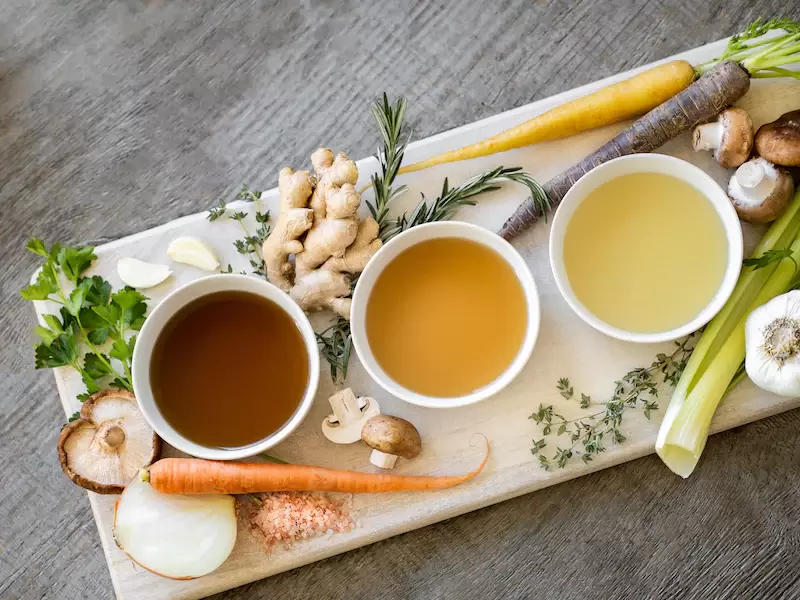
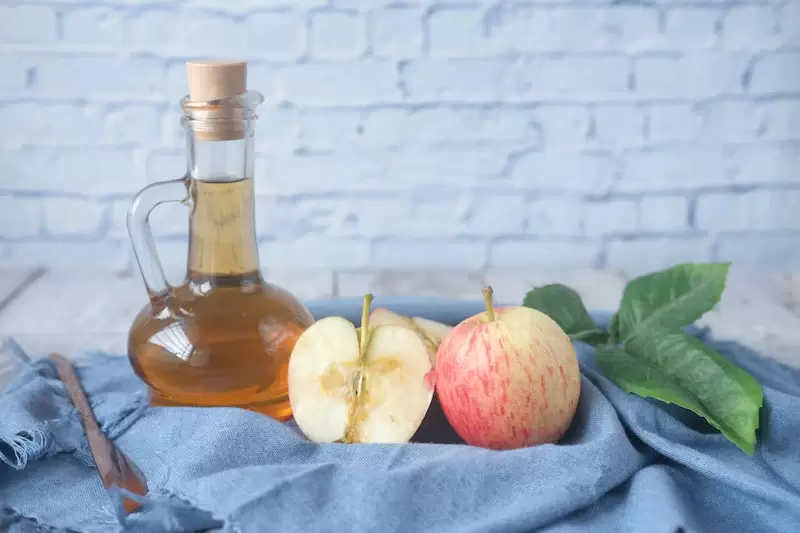



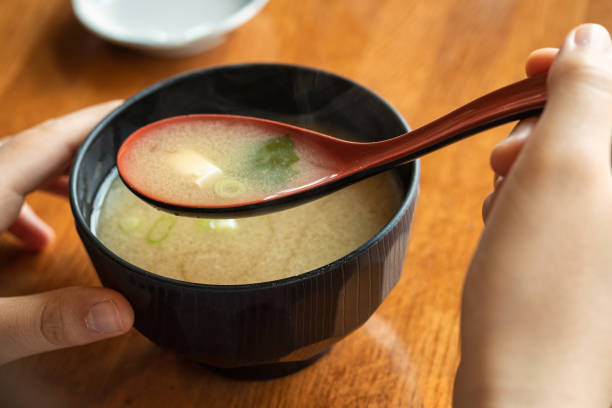


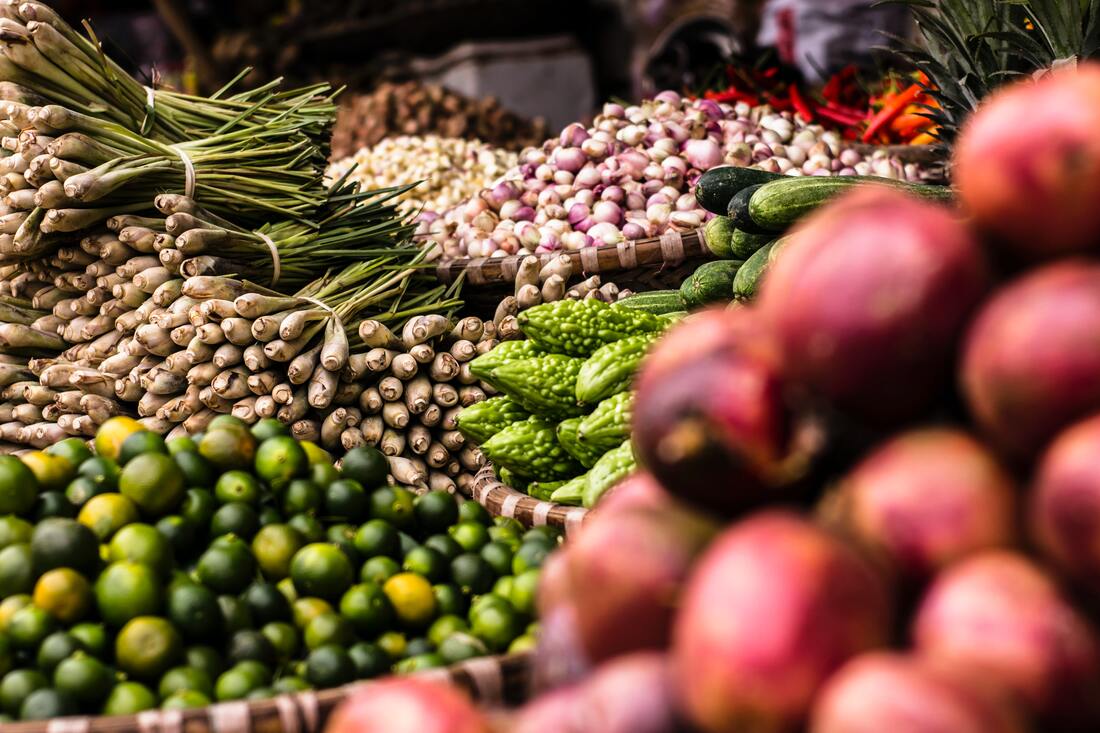
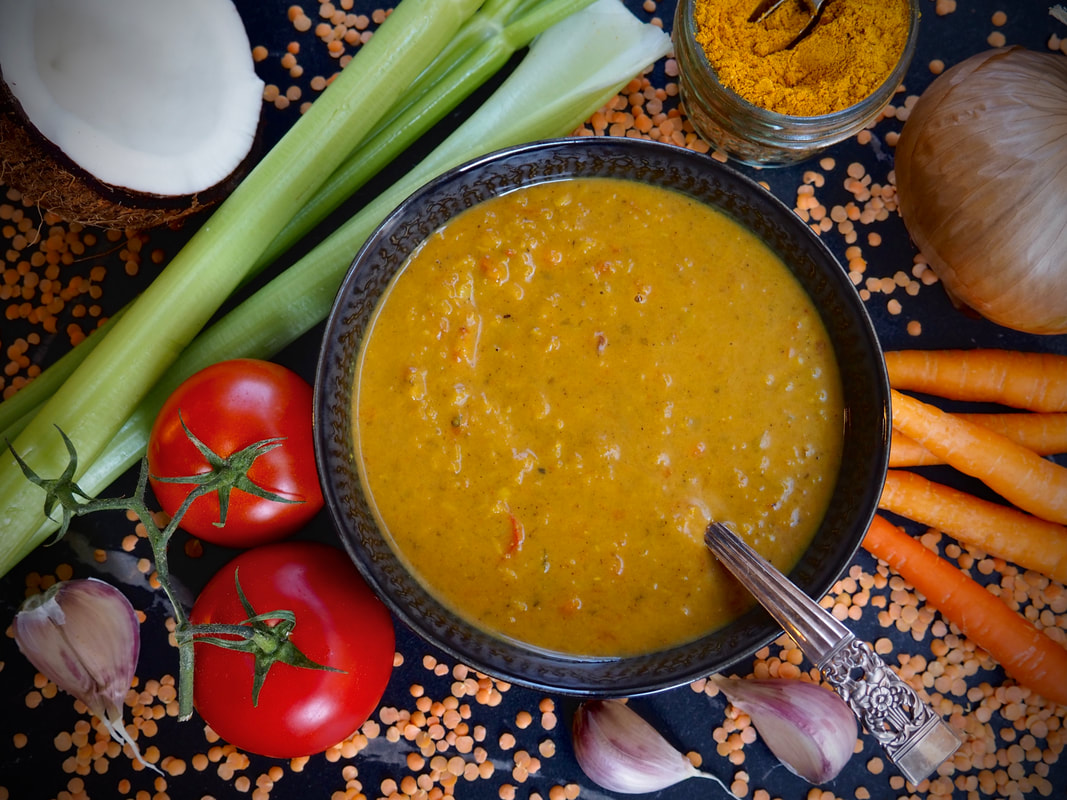




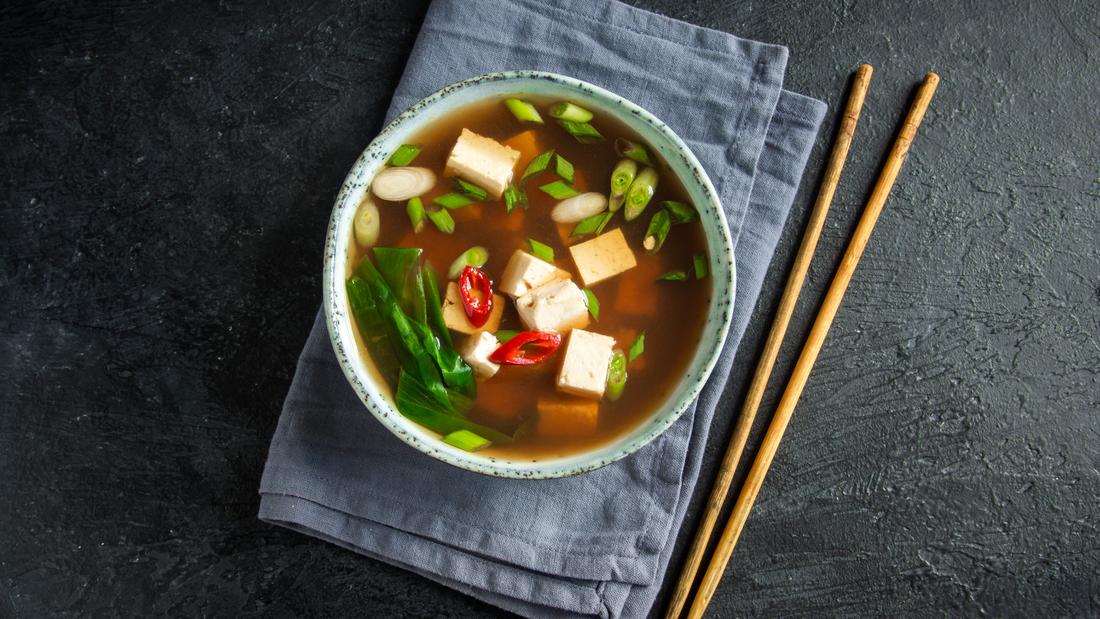
 RSS Feed
RSS Feed